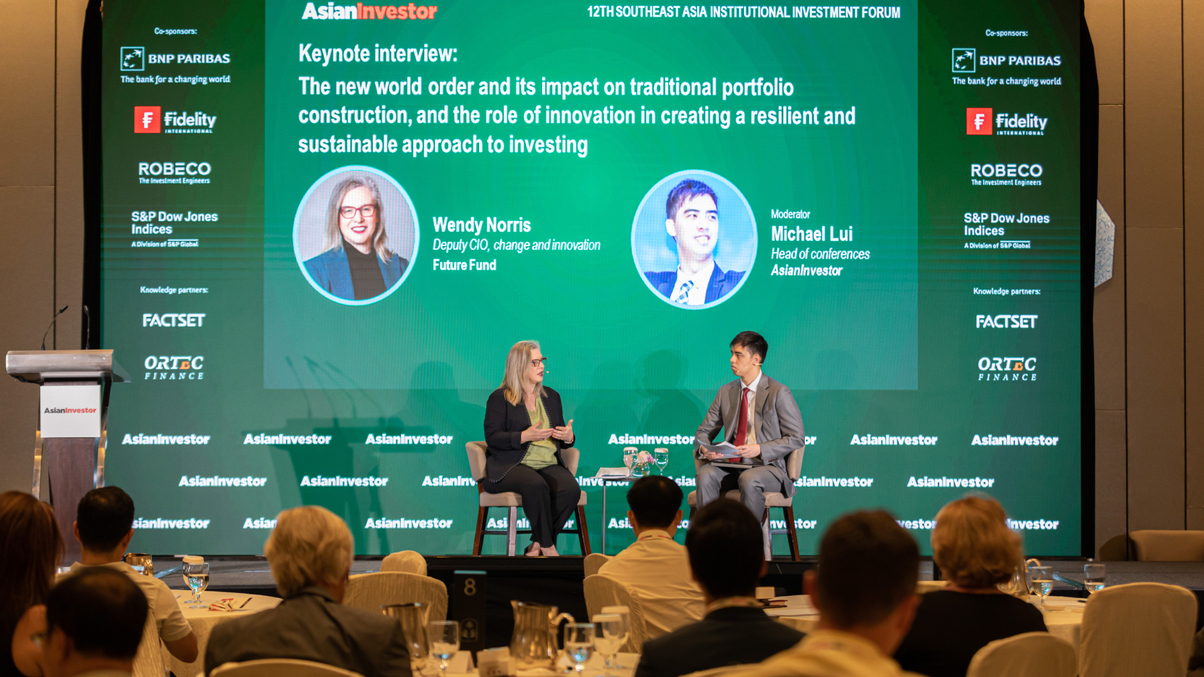Future Fund plans to add 50 people to investment team
The Australian sovereign wealth fund aims to build an internal investment team of 130 members in the next few years to adapt to a new world order — one where it expects several equally competing powers and a more challenging alpha-generating environment.

Australia’s Future Fund plans to add 50 people to its existing 80-strong investment team in the next few years, as the sovereign wealth fund tries to optimise its internal decision-making process and extract more alpha.
Sign In to Your Account
Access Exclusive AsianInvestor Content!
Please sign in to your subscription to unlock full access to our premium AI resources.
Free Registration & 7-Day Trial
Register now to enjoy a 7-day free trial—no registration fees required. Click the link to get started.
Note: This free trial is a one-time offer.
¬ Haymarket Media Limited. All rights reserved.


